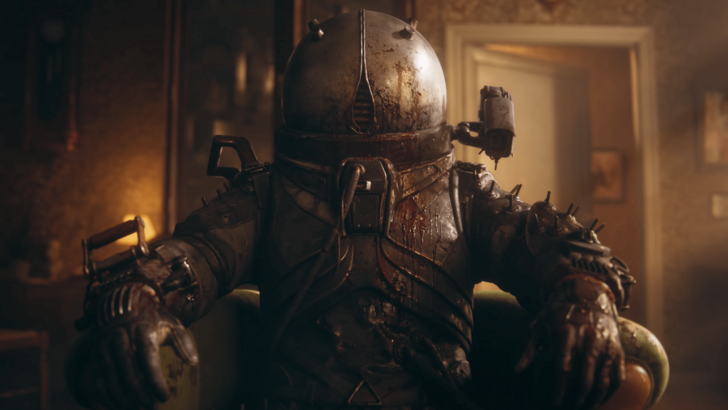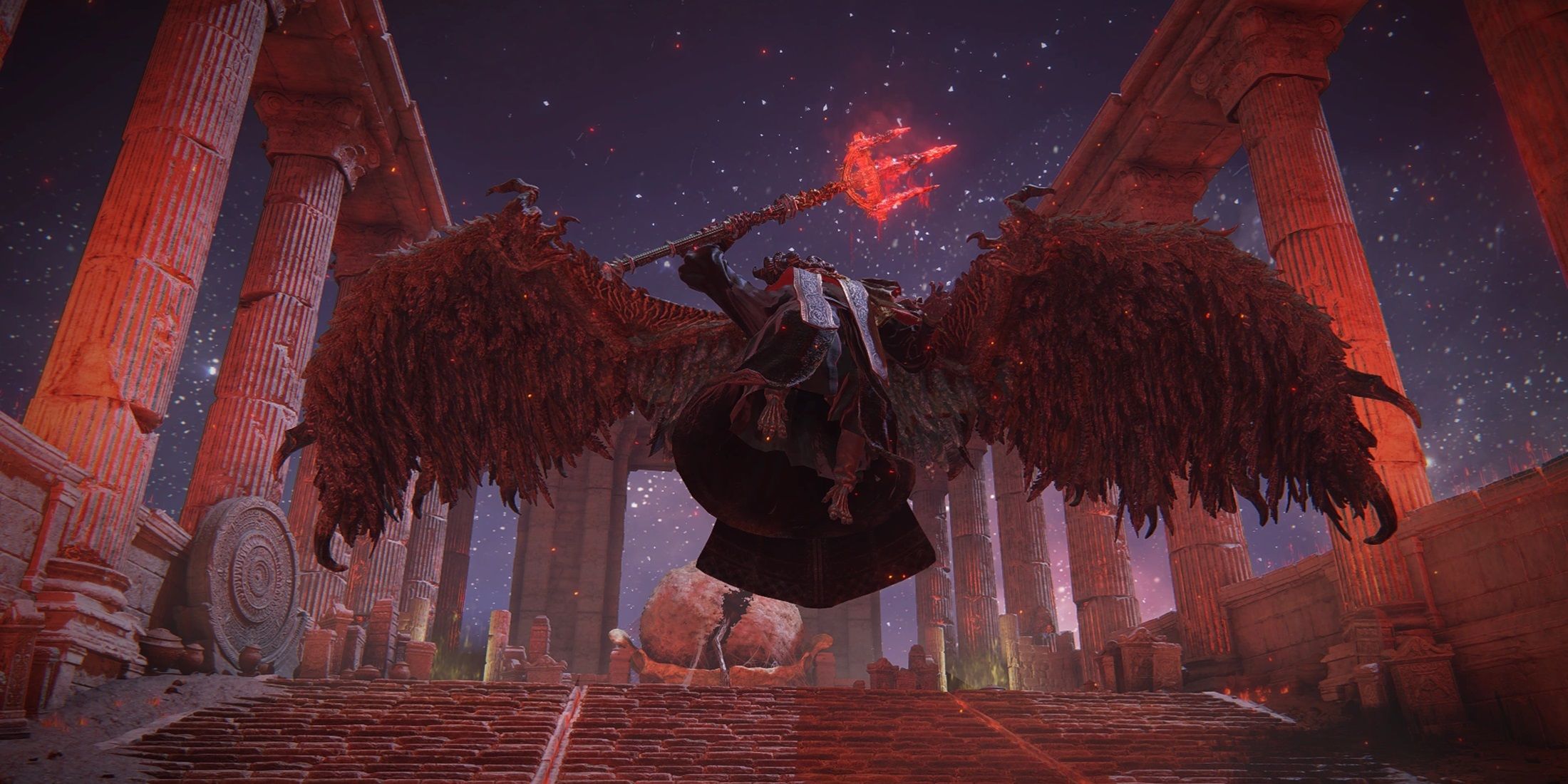The AMD Radeon RX 9070 enters the graphics card market at an interesting juncture. Hot on the heels of Nvidia's latest generation, this $549 card directly competes with the underwhelming GeForce RTX 5070. AMD decisively wins this matchup, making the RX 9070 a compelling choice for 1440p gaming.
However, AMD's internal competition complicates matters. The RX 9070 is only $50 cheaper than the superior RX 9070 XT. While the 8% performance difference aligns with the price gap, the extra $50 for significantly better performance is difficult to ignore. Nevertheless, AMD presents a strong offering within its own lineup.
Purchasing Guide
The AMD Radeon RX 9070 launches March 6th, starting at $549. Expect variations in pricing across different models. Prioritize models closest to the MSRP given its proximity in price to the RX 9070 XT.
AMD Radeon RX 9070 – Photos
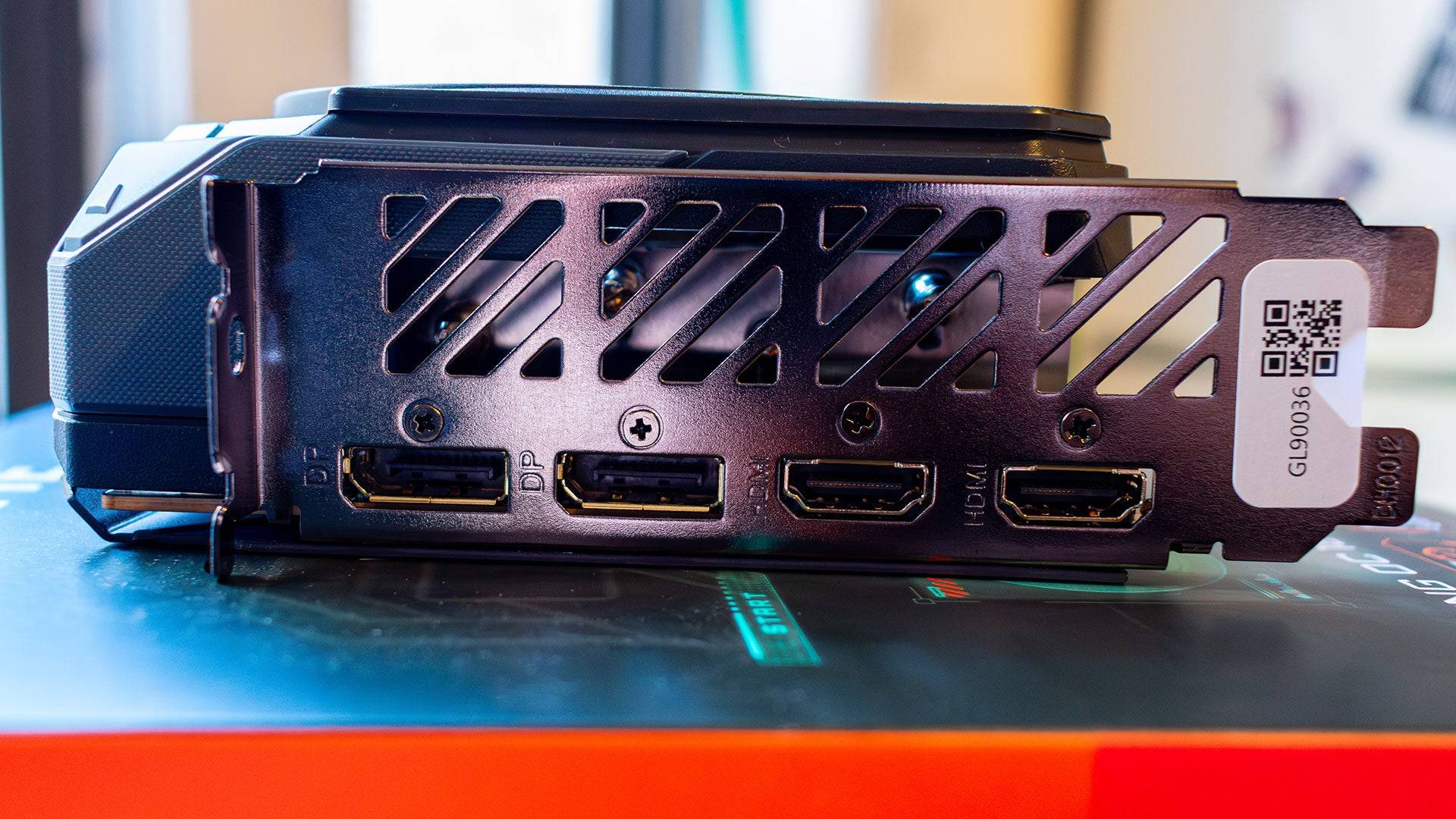
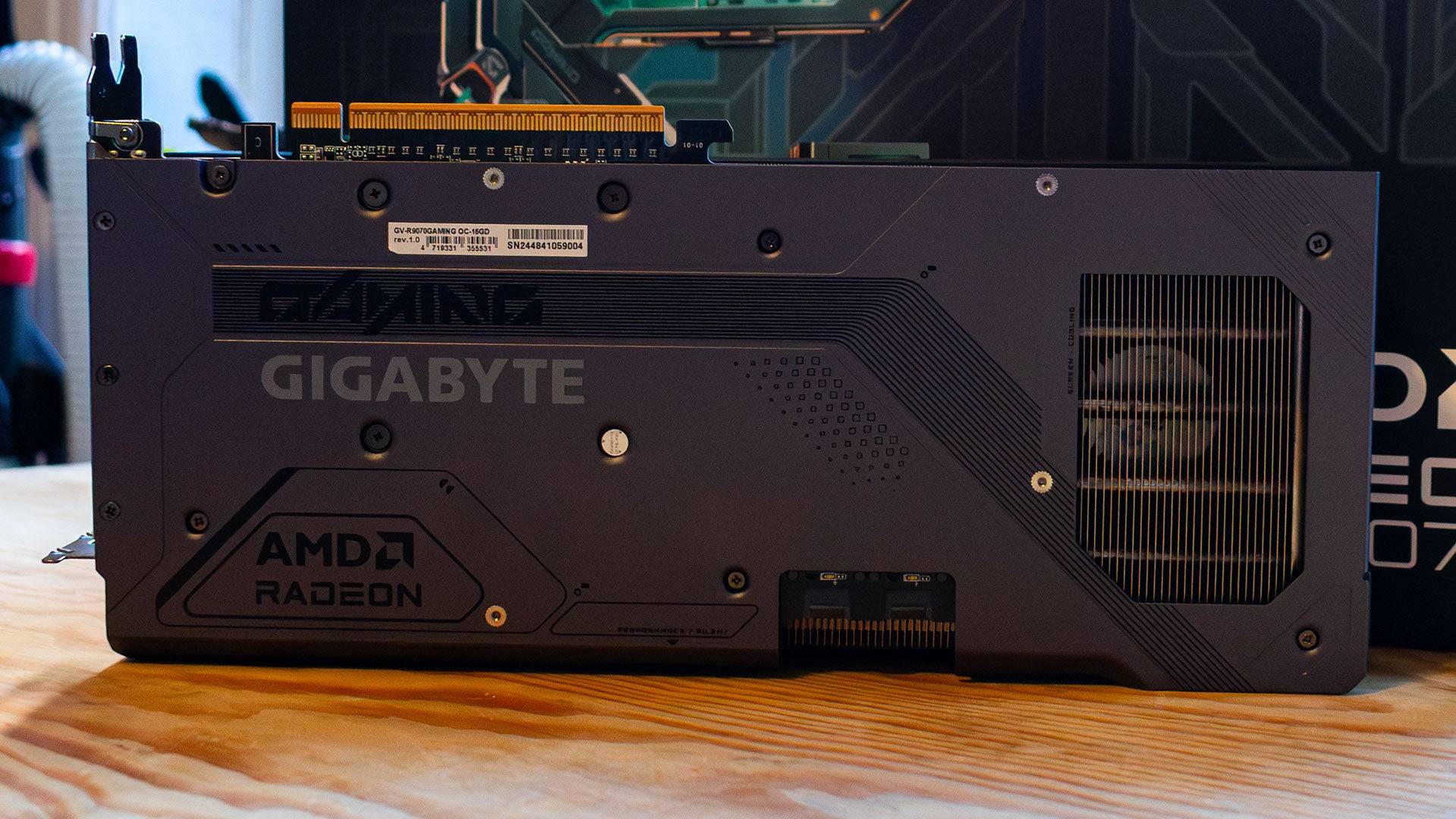 4 Images
4 Images
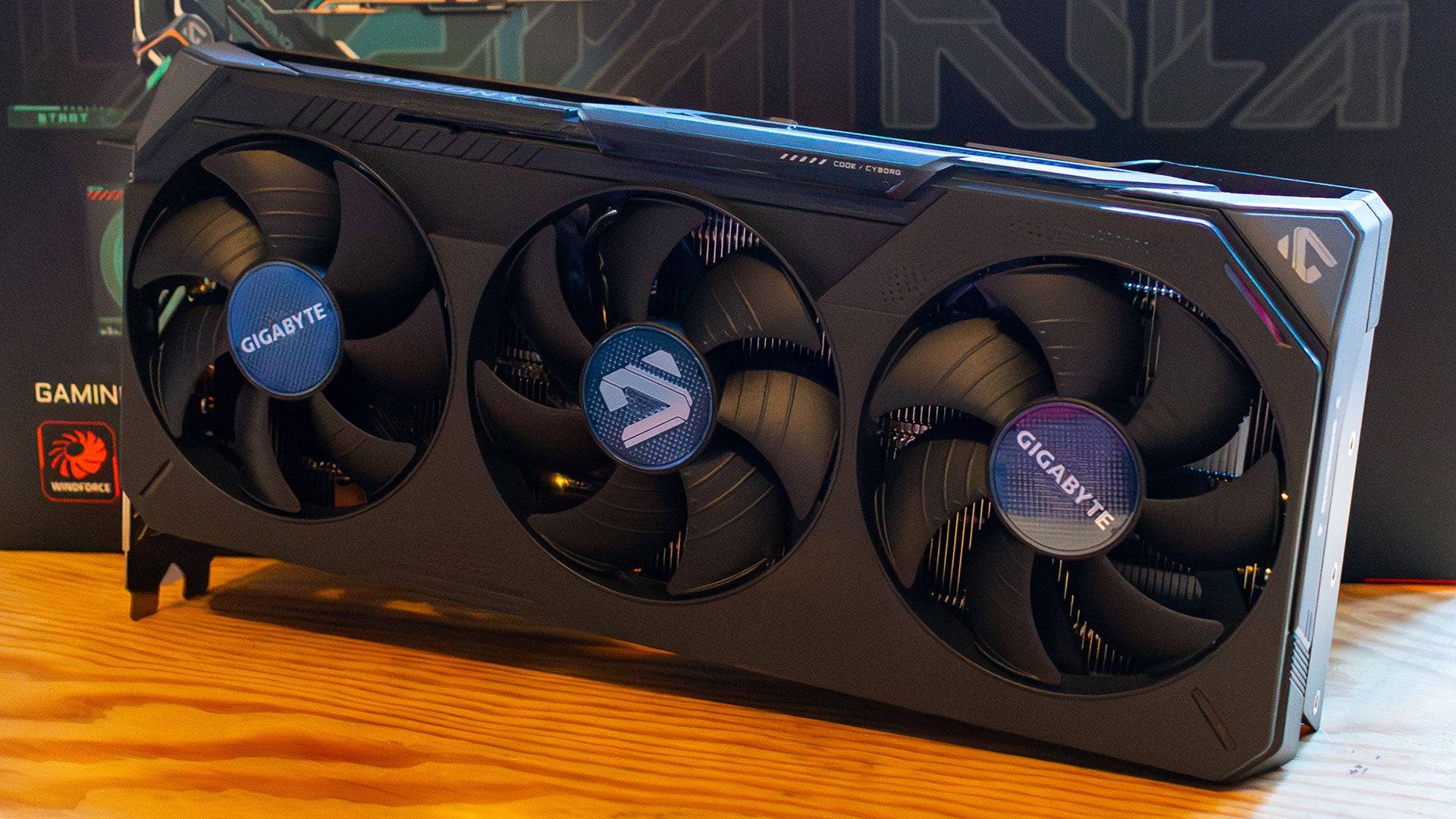
Specs and Features
Like the RX 9070 XT, the RX 9070 utilizes the RDNA 4 architecture. This results in substantial performance gains, significantly surpassing the previous generation Radeon RX 7900 GRE despite having 30% fewer compute units.
The RX 9070 boasts 56 Compute Units, each containing 64 Streaming Multiprocessors (SMs), totaling 3,584 shaders. Each compute unit includes one Ray Accelerator and two AI Accelerators (56 and 112 respectively). These improved ray tracing and AI acceleration capabilities allow the card to compete effectively in ray-traced games. Furthermore, the enhanced AI Accelerators enable FidelityFX Super Resolution (FSR) 4, marking AMD's debut in AI upscaling.
The RX 9070 features 16GB of GDDR6 VRAM on a 256-bit bus—similar to the 7900 GRE and sufficient for 1440p gaming for years to come. While GDDR7 would have been beneficial, it likely would have increased the cost.
AMD recommends a 550W power supply; however, testing revealed peak power consumption of 249W. A 600W PSU is recommended for a safety margin.
Importantly, unlike previous generations, AMD isn't releasing a reference design for the RX 9070. All versions will be from third-party manufacturers. This review utilizes the Gigabyte Radeon RX 9070 Gaming OC 16G, a triple-slot card with a factory overclock.

FSR 4
Since DLSS's rise, AI upscaling has become crucial for performance gains without significant image quality loss. FSR 4 brings this capability to AMD GPUs for the first time.
FSR 4 utilizes previous frames and in-game data through an AI model to upscale lower-resolution images to the native resolution. This differs from FSR 3's temporal upscaling, which lacked AI detail refinement, resulting in artifacts.
The AI processing introduces a slight performance penalty compared to FSR 3. For example, in Call of Duty: Black Ops 6 at 1440p (Extreme preset), FSR 3 yielded 165 fps, dropping to 159 fps with FSR 4. Similar results were seen in Monster Hunter World.
The Adrenalin software allows users to choose between FSR 3 (slightly better performance) and FSR 4 (better image quality).
AMD Radeon RX 9070 XT & 9070 – Benchmarks
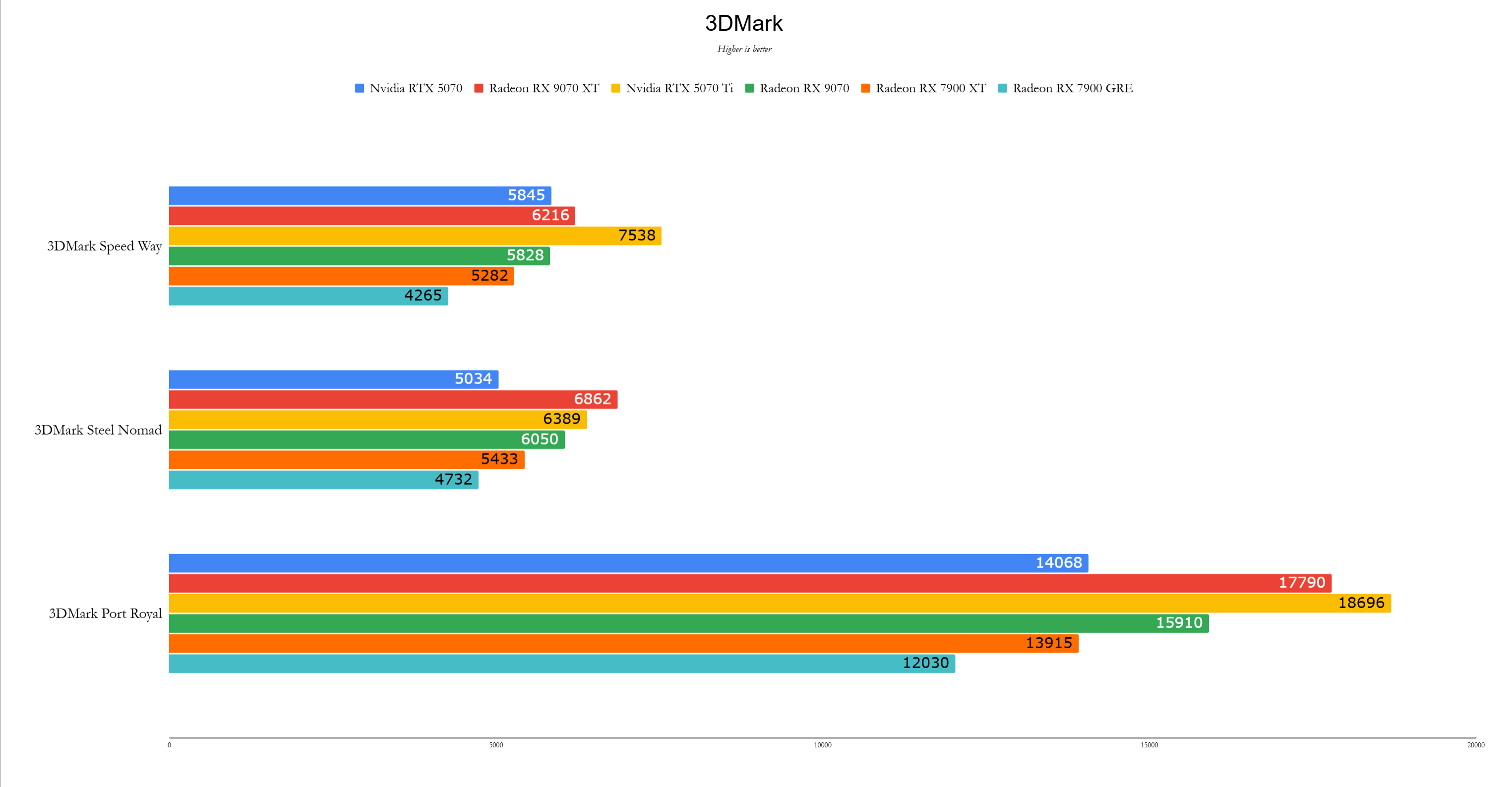
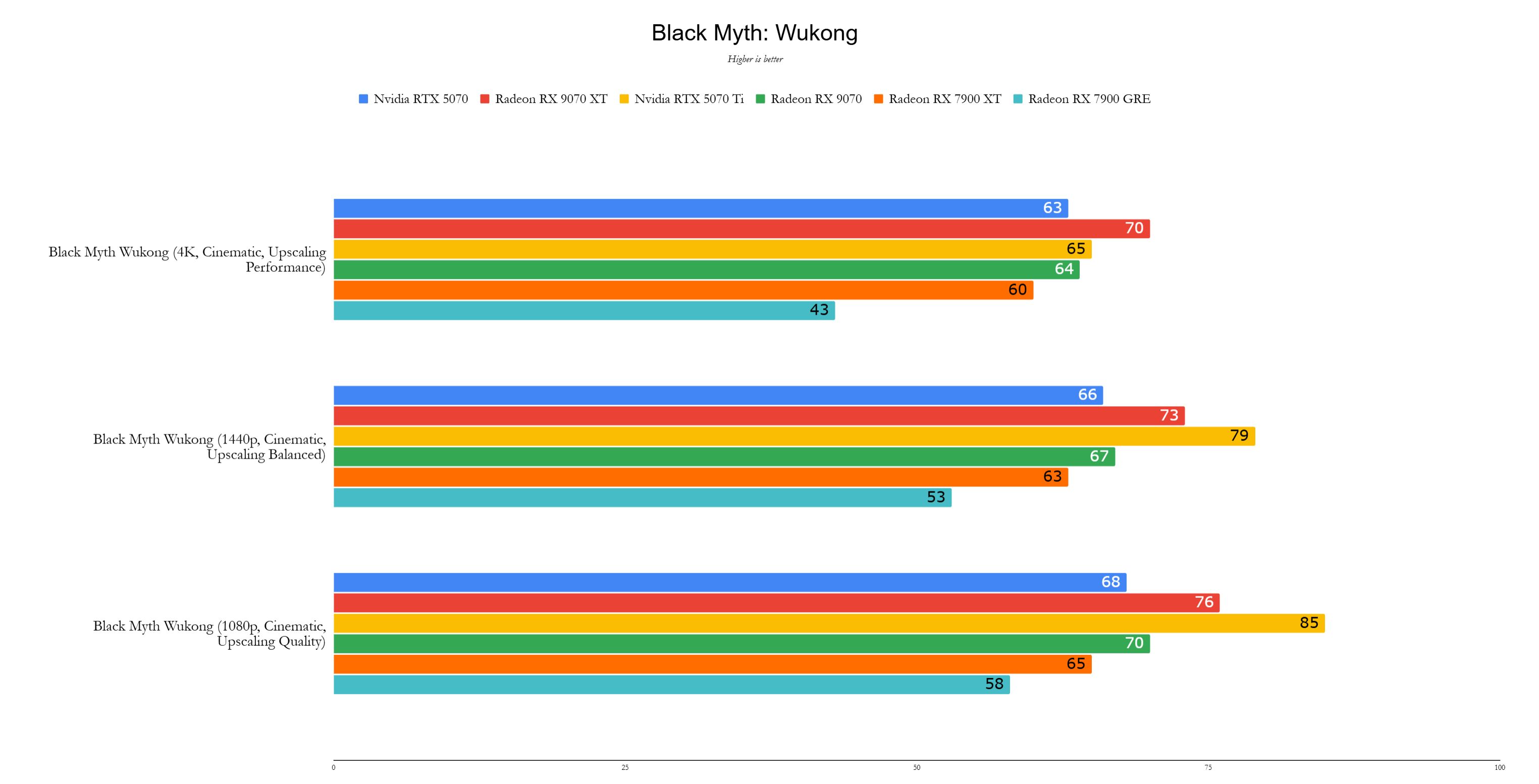 11 Images
11 Images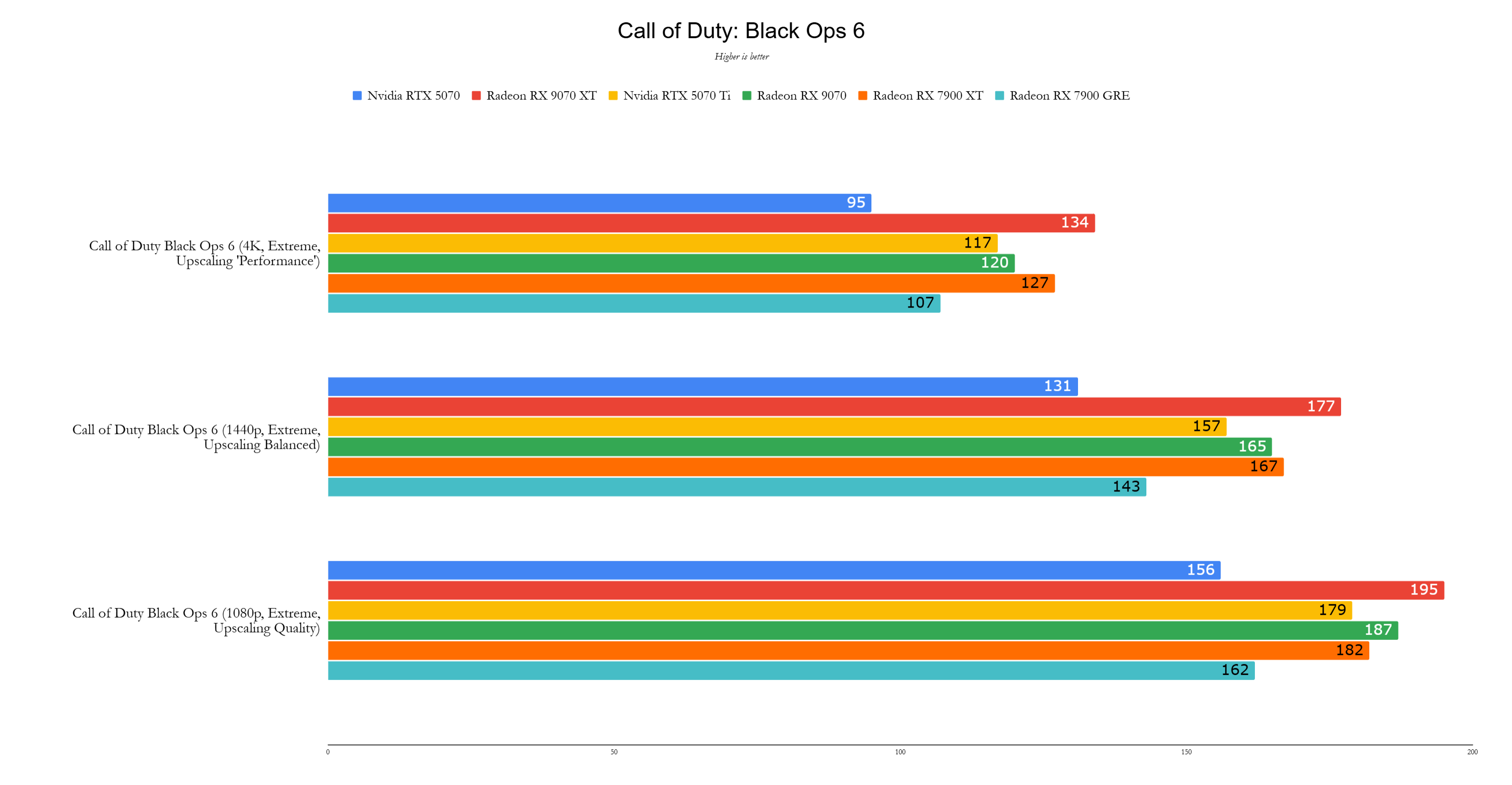
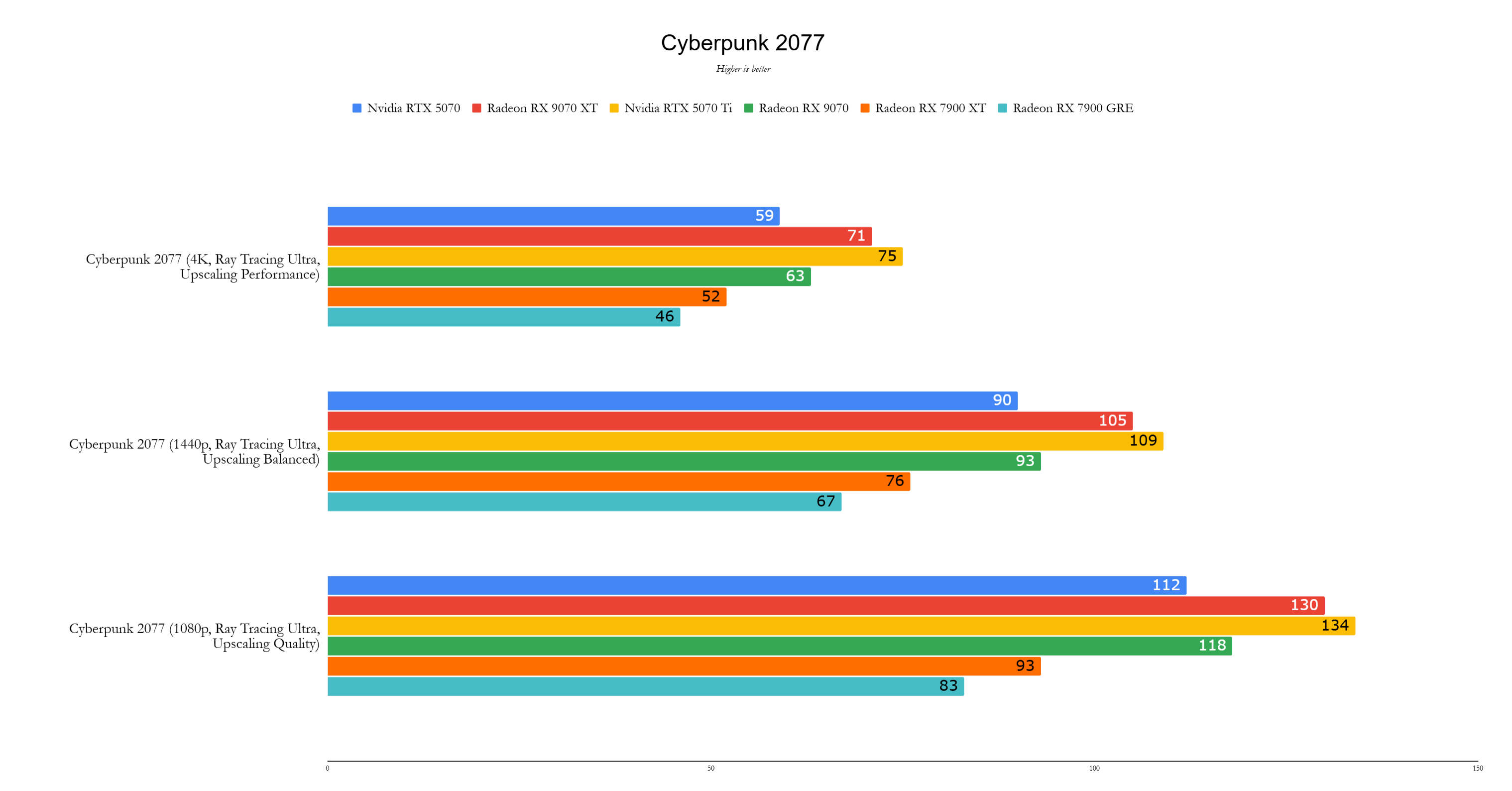
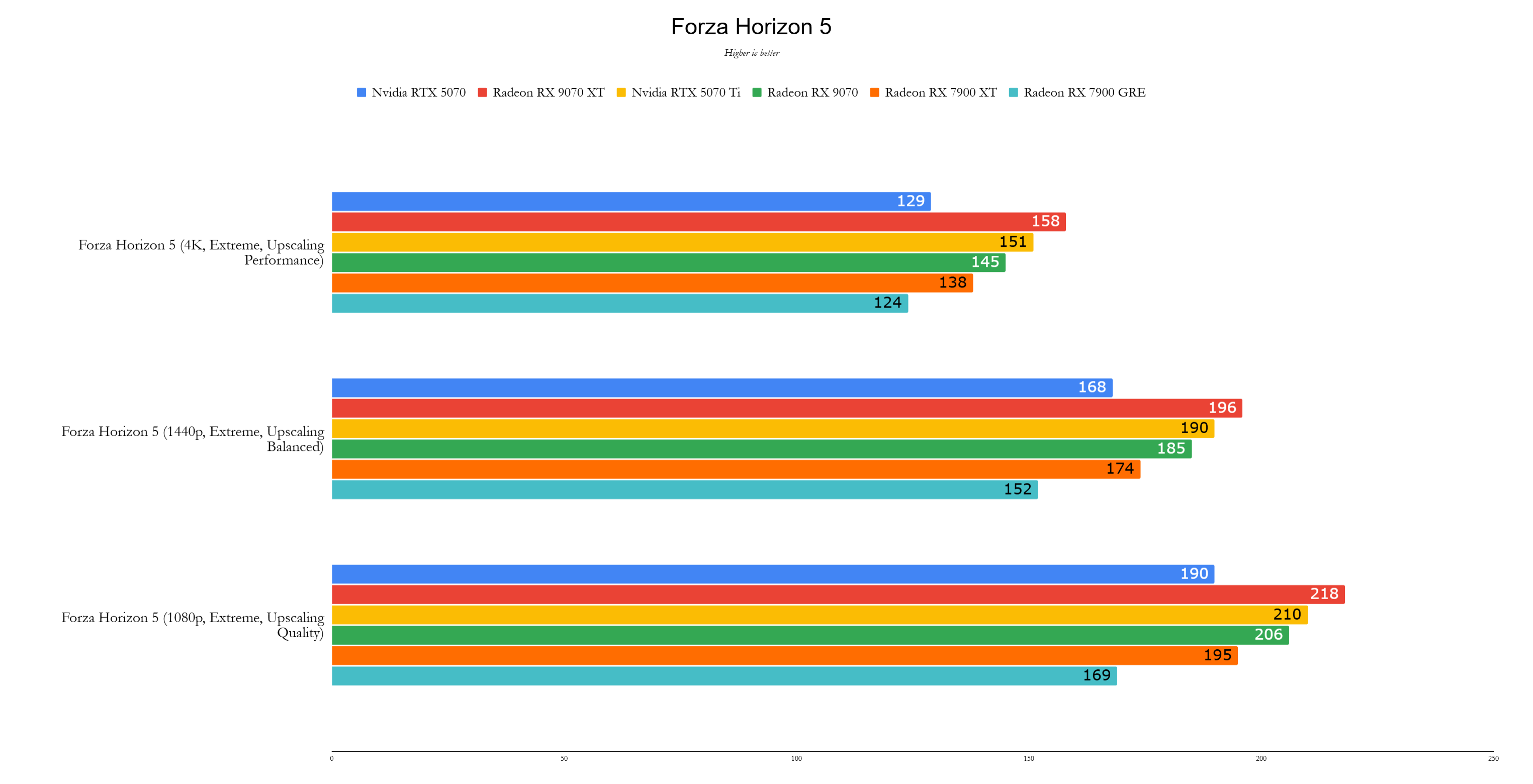
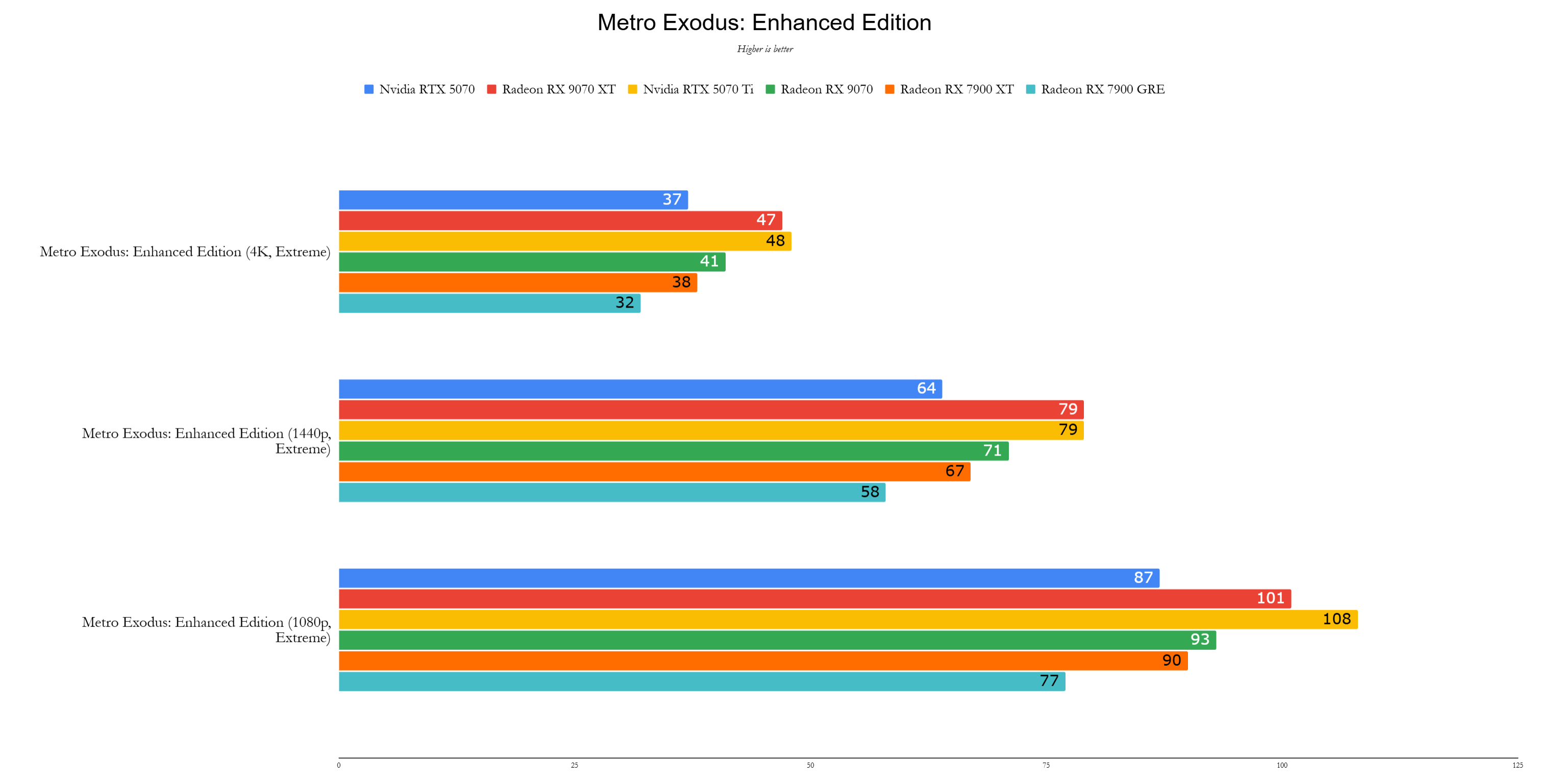
Performance
Priced identically to the Nvidia GeForce RTX 5070, the AMD Radeon RX 9070 consistently outperforms it, especially at 1440p. It's 12% faster on average, and a remarkable 22% faster than the RX 7900 GRE. This improvement is significant considering the 30% reduction in cores.
Note: The review unit was a factory-overclocked Gigabyte Radeon RX 9070 Gaming OC (approximately 7% clock speed boost). This contributes to the performance advantage.
Testing utilized current public drivers (Nvidia Game Ready driver 572.60 and AMD Adrenalin 24.12.1; RX 9070 and 9070 XT used AMD review drivers).
3DMark benchmarks show a near tie in Speed Way (ray tracing enabled), but a 20% lead in Steel Nomad (no ray tracing).
In Call of Duty: Black Ops 6 (1440p, FSR 3 Balanced), the RX 9070 achieved 165 fps—26% and 15% faster than the RTX 5070 and 7900 GRE respectively.
Cyberpunk 2077 (1440p, Ray Tracing Ultra) showed a surprising 3% advantage for the RX 9070.
Metro Exodus (no upscaling) resulted in an 11% lead for the RX 9070.
Red Dead Redemption 2 (1440p, max settings, Vulkan) showcased a 23% performance advantage for the RX 9070.
Total War: Warhammer 3 showed a significant lead at 4K, but the difference narrowed at 1440p.
Assassin's Creed Mirage (1440p, Ultra preset, FSR Balanced) showed an 18% lead for the RX 9070.
Black Myth: Wukong resulted in a near tie.
Forza Horizon 5 (1440p) showed a 12% and 25% lead over the RTX 5070 and 7900 GRE respectively.
The RX 9070's superior performance and 33% more VRAM (16GB GDDR6 vs. RTX 5070's GDDR7) make it the more compelling value proposition, even if performance were perfectly matched.

 Related Articles
Related Articles Jul 01,2025
Jul 01,2025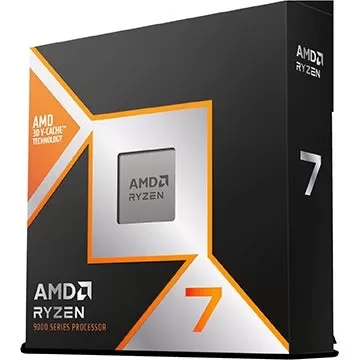
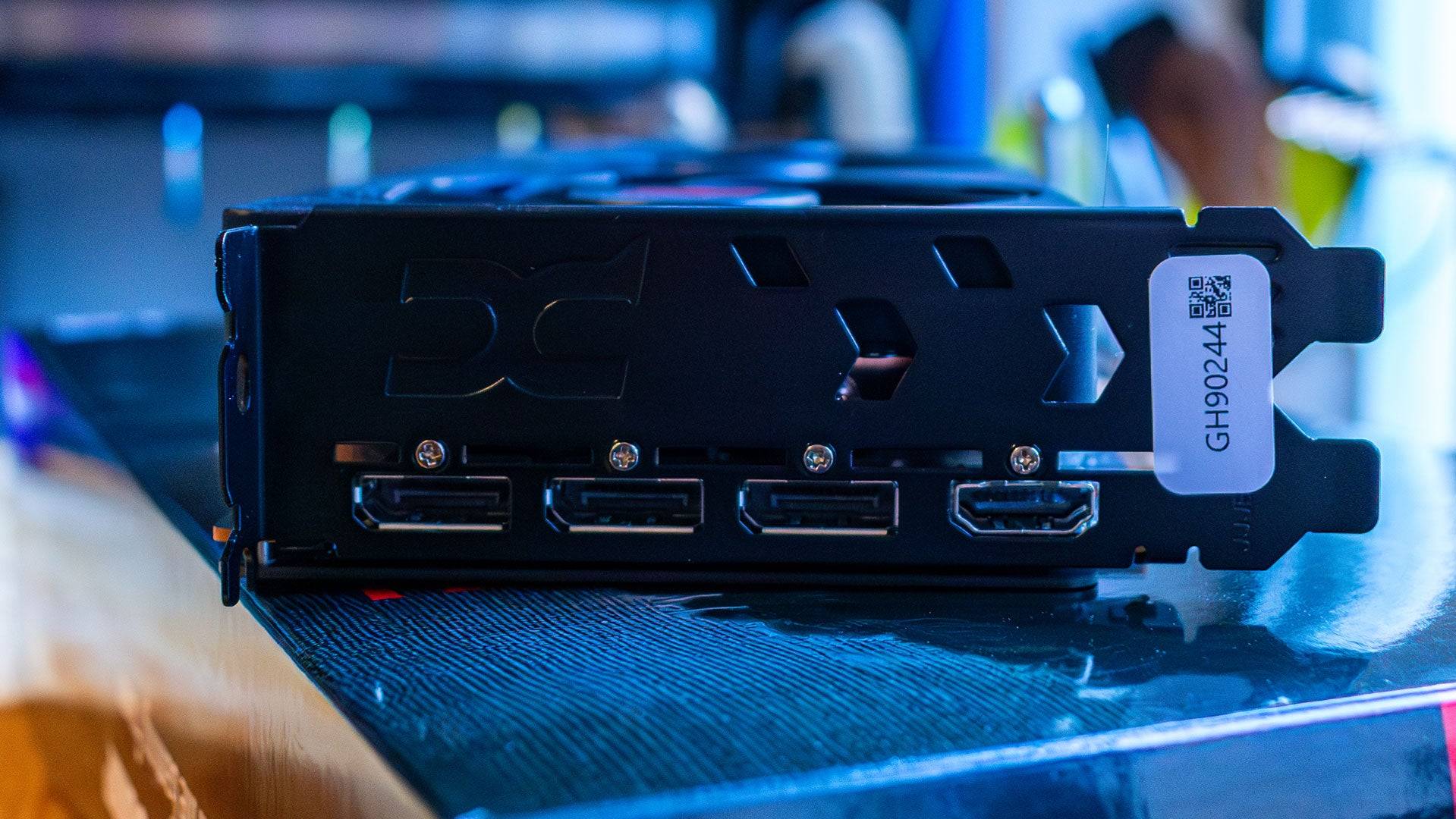

 Latest Downloads
Latest Downloads
 Downlaod
Downlaod




